Topics
How No-Till Gardening Methods Can Build Better Soil with Less Work
Improving soilNo-till gardening is a sustainable choice for gardeners who want healthier plants, improved soil health, and reduced environmental impact. Even beginners can start a successful no-till garden in just a few simple steps. Whether you are growing vegetables, flowers, or other plants, no-till gardening allows you to enjoy the beauty and bounty of nature while protecting the earth for future generations.

What is No-Till or No-Dig Gardening?
Many gardeners till their soil when it’s time to plant. There are many reasons why: tilling can break up compacted soil, mix in organic matter, and help aerate the soil for better drainage. Plus, many people find it a lot easier to plant in freshly tilled soil.
However, no-till gardening is becoming increasingly popular. There are several no-till gardening methods with different names, such as Lasagna, Back to Eden, and No-dig. Essentially all these no-till methods focus on the process of leaving the soil largely undisturbed. It may seem a little daunting to start your garden without tilling it first, but there are some serious benefits to this method of gardening, including better soil health and lower environmental impact.
Benefits of No-Till Gardening
No-till gardening’s largest benefit for the home gardener is in retaining soil structure and fertility.
Tilling breaks up the soil structure and exposes topsoil, which can lead to a dramatic loss of nutrients and organic material.
Tilling disrupts the soil’s microbiome, which includes a diversity of bacteria, fungi, and other microorganisms. These tiny beings help break down organic matter, cycle nutrients, and even fight plant diseases.
Loose, softened soil is more likely to erode, especially if there is heavy rainfall or sloped terrain. Drought can also lead to topsoil loss as loose soil is blown away.
By contrast, no-till gardening doesn’t disrupt the soil. This can lead to healthier plants, reduced erosion, and improved water retention.
Environmental Impact of No-Till Gardening
No-till farming also has a lower environmental impact. We’ve noted that tilling the soil releases various nutrients - including carbon - into the atmosphere and groundwater. By contrast, no-till gardening helps to retain carbon and other nutrients in the soil, improving the overall sustainability of your garden. Additionally, no-till gardening can reduce water usage by improving soil structure and increasing water retention.

How to Start a No-Till Garden
If you are interested in starting a no-till garden, it’s easy to get started.
- Choose the right location for your garden. Look for a spot with well-drained soil and plenty of sunlight.
- Instead of digging down you’ll be layering up. If you need to smother out weeds or grass, your first layer can be cardboard or paper. Make sure the cardboard or paper doesn’t have plastic. Thoroughly wet it so that it will breakdown quicker. Cover the paper layer with a layer of soil.
- Next prepare the soil by adding a layer compost or other organic matter to the top.
- If you want some extra protection for your soil, cover it with a layer of organic matter, such as straw or leaves, to help suppress weeds and improve soil structure.
- When it comes time to plant, you can use planting pockets to avoid disturbing the soil. Dig small holes in the soil, adding a little bit of compost or other organic matter to create a pocket for your plants.
See how easy it is to minimize soil disturbance? In the long run, no-till gardeners report seeing healthier plants, easier garden maintenance, and more productive soil.

Helpful tools for no-till or no-dig gardening
You won’t need heavy equipment for working in a no-till garden. But you will find some tools to be helpful.
A hand trowel is handy for transplanting seedlings. When using a trowel, you push it into the ground, and without pulling the soil out, push it aside to make space for the seedling.
A broadfork can be used to dig out sod, but it can also be used to aerate the soil. The tines are pushed into the soil, tilted back, and pulled out. This loosens the soil without turning it over. Spading forks can also be used in a similar way.
A no-till drill is a handy tool that some farmers use to plant seeds in large areas without disturbing the soil. It creates small furrows, which allow seeds to make good soil contact without the need for tilling.
No-till gardening is often paired with other holistic gardening techniques such as cover crops, natural fertilizers, and natural pest control.
Cover crops can improve the soil in several ways; by adding nutrients, breaking up the compacted ground, and reducing soil pathogens. Hairy vetch and Clover add nitrogen to the soil. Grain cover crops such as winter oats and winter rye can slow down erosion and soften the soil. For breaking up deeply compacted soil, try Daikon Driller Radish. You can read more about how to use cover crops in your garden in our Planter’s Library.
Natural fertilizers, such as compost or manure, are a better match for no-till gardening because they help to build long-term soil health. Starting a home compost bin is one way to use what you already have to improve your soil.
Natural pest control techniques such as companion planting also go hand-in-hand with no-till gardening and reduce your reliance on harmful synthetic pesticides.
It’s important for the no-till gardener to choose the right plants for their soil and climate. Consider planting native plants, which are adapted to the local environment and require less water and maintenance.
Above all, be patient if you’ve decided to give no-till gardening a try. Gardeners know better than anyone that the best changes take time, but they’re worth the wait. It may take a little while for your soil to adapt to the new conditions.
Written by Teresa Chandler





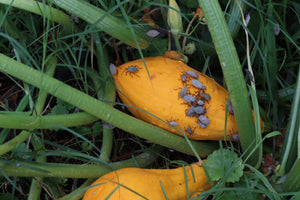
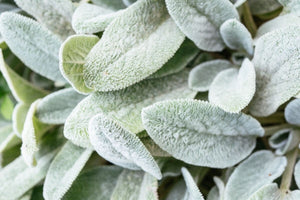
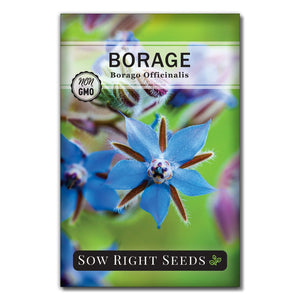
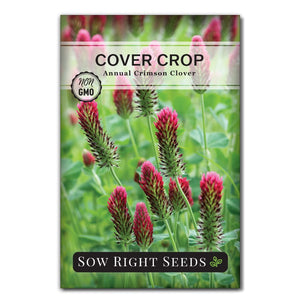
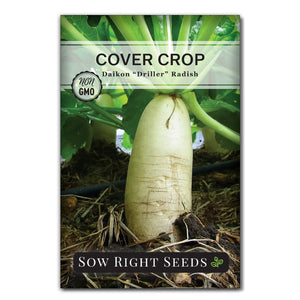
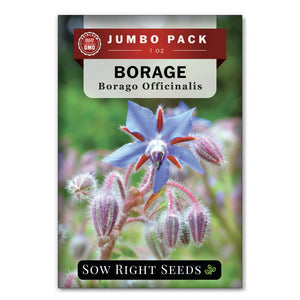
Leave a comment